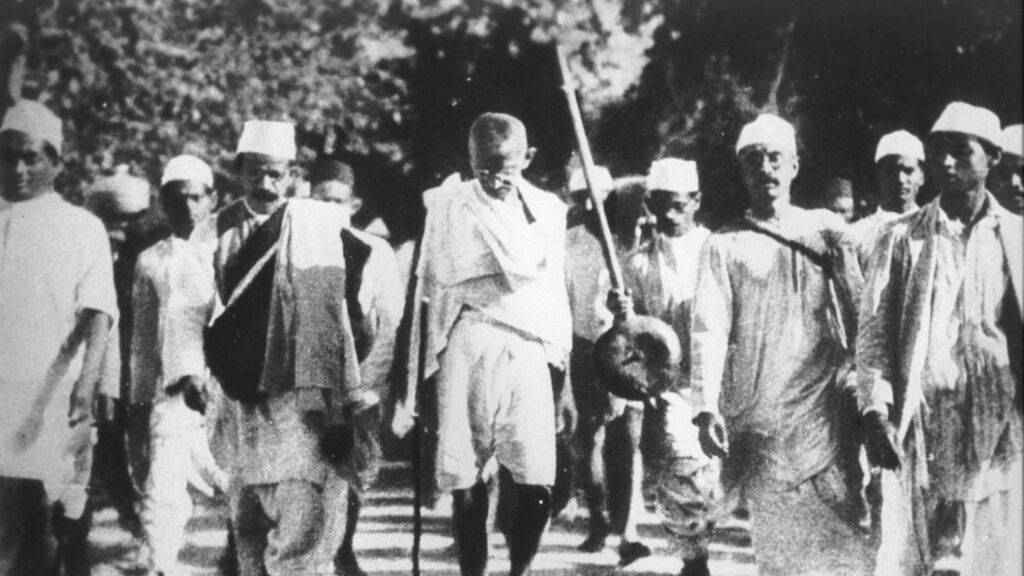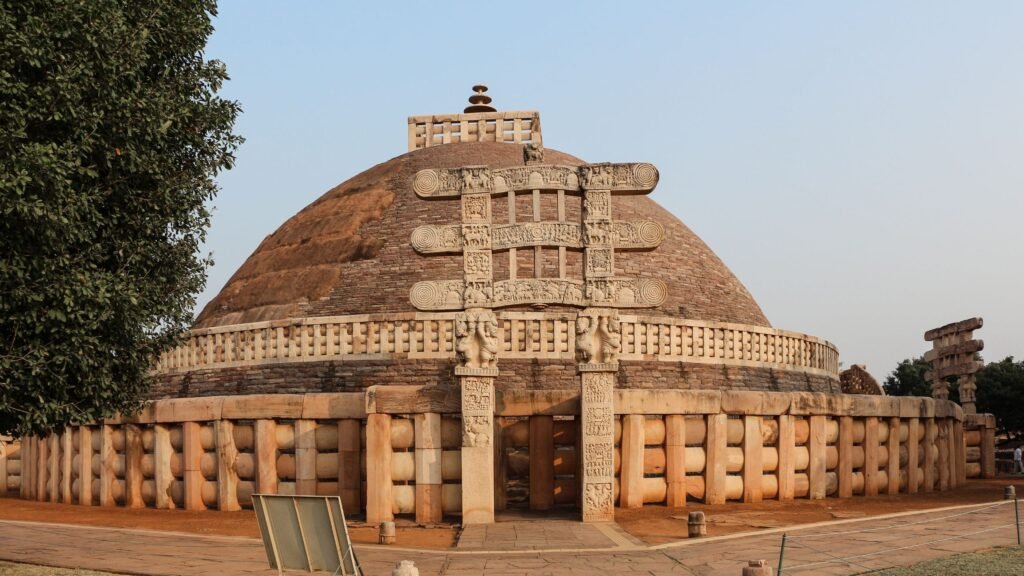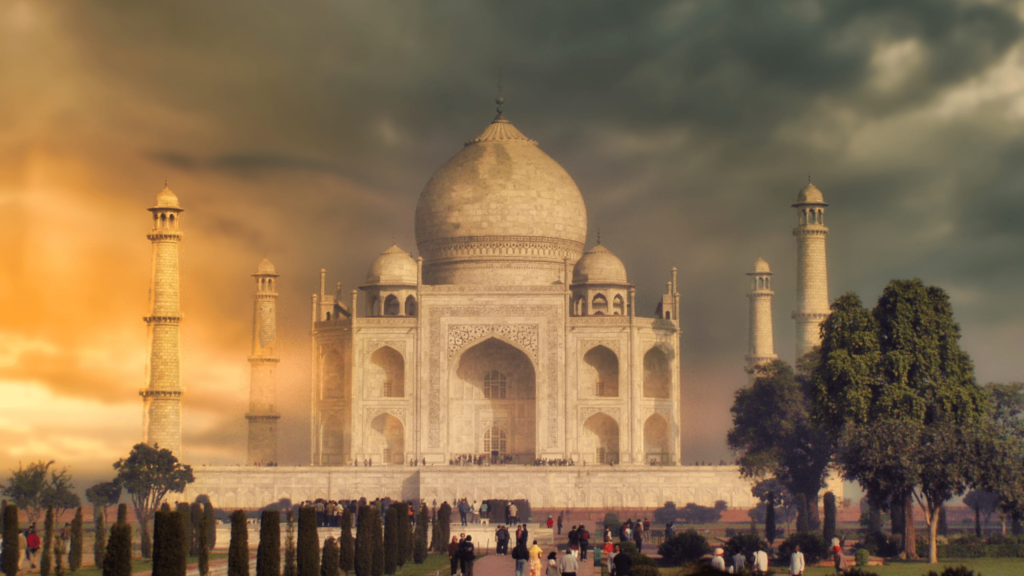Image attributions:
1. Physical map of India
Vigneshdm1990, CC BY-SA 4.0 <https://creativecommons.org/licenses/by-sa/4.0>, via Wikimedia Commons
https://commons.wikimedia.org/wiki/File:Physical_Map_of_India.jpg
2. Gori Chen Mountain Ranges, Mandala, Arunachal Pradesh
Koshy Koshy from Faridabad, Haryana, India, CC BY 2.0 <https://creativecommons.org/licenses/by/2.0>, via Wikimedia Commons
https://commons.wikimedia.org/wiki/File:Sunrise_in_the_Himalayas_(11096205714).jpg
3. The White Rann of Kutch
Rahul Zota, CC BY-SA 4.0 <https://creativecommons.org/licenses/by-sa/4.0>, via Wikimedia Commons
https://commons.wikimedia.org/wiki/File:White_Rann_of_Kutch.jpg
4. Worldwide time zones Map
UnaitxuGV, Heitordp and others, Public domain, via Wikimedia Commons
https://commons.wikimedia.org/wiki/File:World_Time_Zones_Map.png
5. Great Indian Peninsula Railway – Climbing the Ghaut Inclines
Pechristener – The Locomotive Magazine, July 15, 1924, via Wikimedia Commons
https://commons.wikimedia.org/wiki/File:Great_Indian_Peninsula_Railway_-_Climbing_the_Ghaut_Inclines.jpg#/media/File:Great_Indian_Peninsula_Railway_-_Climbing_the_Ghaut_Inclines.jpg
6. Railway map of India in 1871
Saunders Geographers, Public domain, via Wikimedia Commons
https://commons.wikimedia.org/wiki/File:IndianRailways1871b.jpg
7. Madras Central Station View From General Hospital, 1890 Photo
From the collection- Vintage Raja Ravi Varma “Laxmi” Oleograph by Past India.com
https://www.past-india.com/photos-items/madras-central-station-view-from-general-hospital-1890-photo/
8. Mirzapur railway station
Anup Sadi, CC BY-SA 4.0 <https://creativecommons.org/licenses/by-sa/4.0>, via Wikimedia Commons
https://commons.wikimedia.org/wiki/File:Mirzapur_RS_nameplate.JPG
9. The central train station in Chennai, Tamil Nadu state, India
Arian Zwegersderivative work: MrPanyGoff, CC BY 2.0 <https://creativecommons.org/licenses/by/2.0>, via Wikimedia Commons
https://commons.wikimedia.org/wiki/File:Chennai_train_station.jpg
10. Historical building of the University in Mumbai, India
A.Savin, FAL, via Wikimedia Commons
https://commons.wikimedia.org/wiki/File:Mumbai_03-2016_38_University.jpg
11. The Clock Tower in the old city centre of Jodhpur, Rajasthan.
Ramesh Thadani, CC BY-SA 3.0 <https://creativecommons.org/licenses/by-sa/3.0>, via Wikimedia Commons
https://commons.wikimedia.org/wiki/File:Jodhpur_Clock_Tower.jpg
12. Aligarh clock house, Aligarh
Whispyhistory, CC BY-SA 4.0 <https://creativecommons.org/licenses/by-sa/4.0>, via Wikimedia Commons
https://commons.wikimedia.org/wiki/File:Aligarh_clock_house.jpg
13. Clock Tower of Murshidabad
Prabhakar1996, CC BY-SA 4.0 <https://creativecommons.org/licenses/by-sa/4.0>, via Wikimedia Commons
https://commons.wikimedia.org/wiki/File:Clock_Tower_of_Murshidabad.jpg





